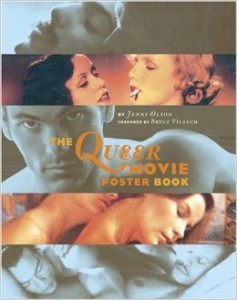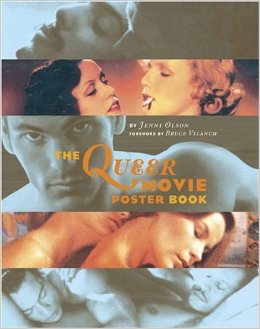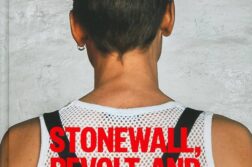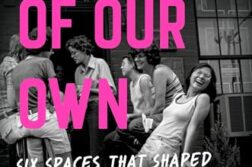 The Queer Movie Poster Book
The Queer Movie Poster Book
by Jenni Olson
Chronicle Books. 132 pages, $19.95.
WRITER and filmmaker Jenni Olson’s Queer Movie Poster Book is a colorful and often witty look back at many of the images that have represented—or misrepresented—queer people over the past century. Beginning with the little-known 1915 silent drag comedy Sweedie’s Hero, Olson highlights the many graphical tricks used to designate movies as “queer,” including the use of sensational headlines featuring the word “strange,” backgrounds in varying shades of purple, torn images representing psychological torment, and optical illusion line drawings of women morphing into animals or faces.
Olson’s survey, which includes images of 150 movie posters, is balanced between films about gay men and films about lesbians, even though films about men have always outnumbered those about women, whether straight or gay. Beginning with the silent film era, the book is divided into chapters by decade, with each poster accompanied by a paragraph exploring its imagery and significance. In addition to an eyeful of images that range from exploitative to campy to romantic, we are treated to a gently humorous history of gay film that’s both informative and inspirational. After leafing through this glossy book, don’t be surprised if you’re ready to make a trip to your local video store to take a closer look at some forgotten gems.
Malinda Lo is a freelance writer living in San Francisco.







